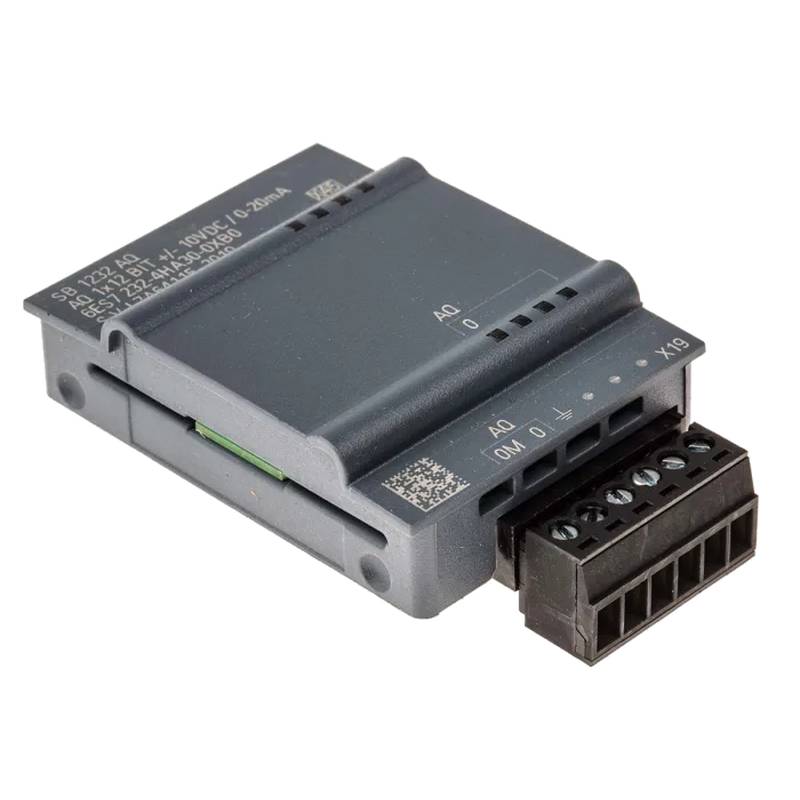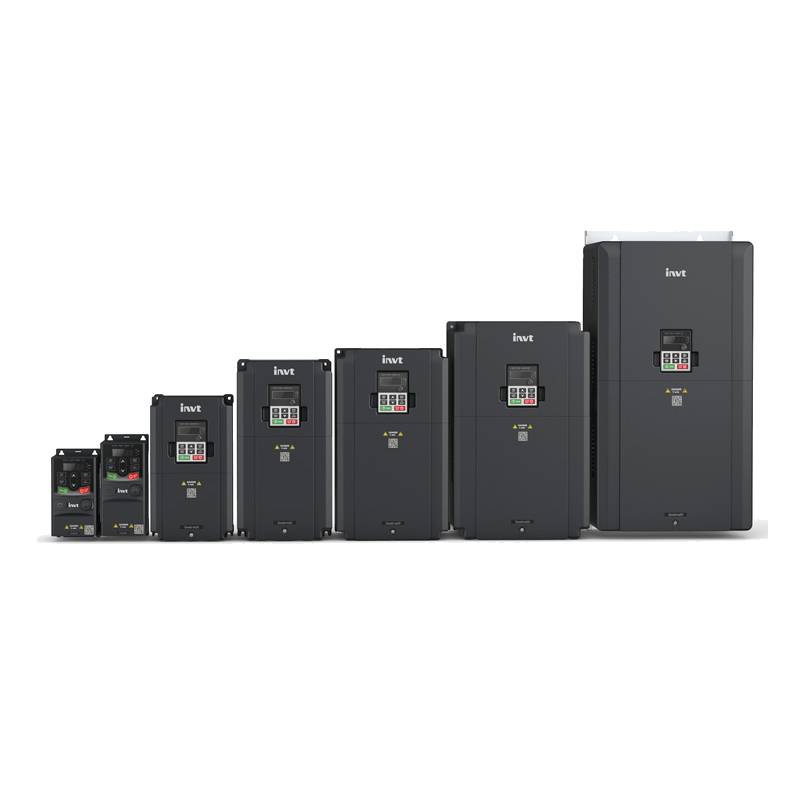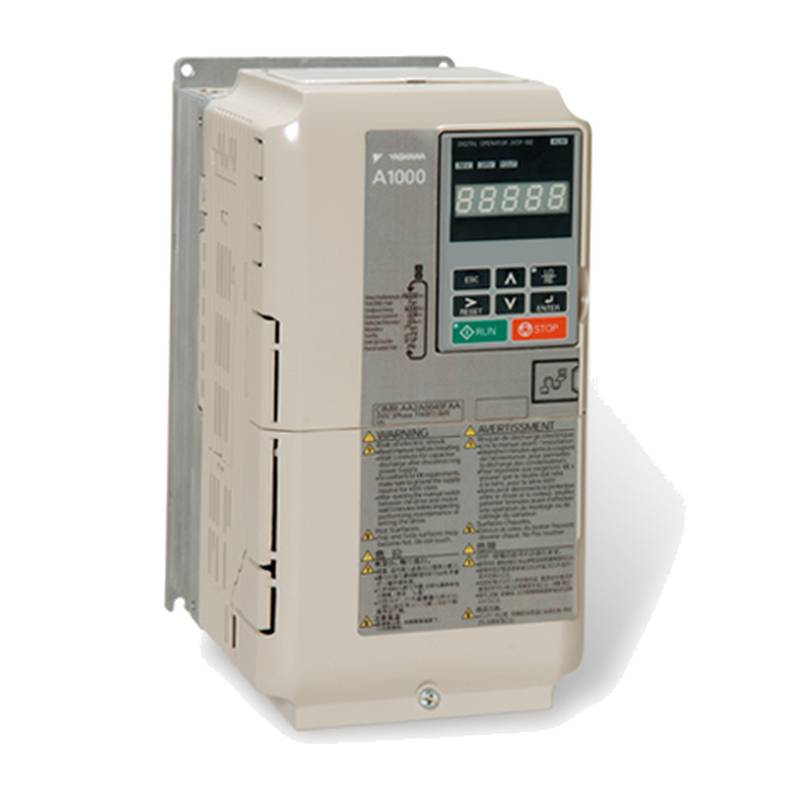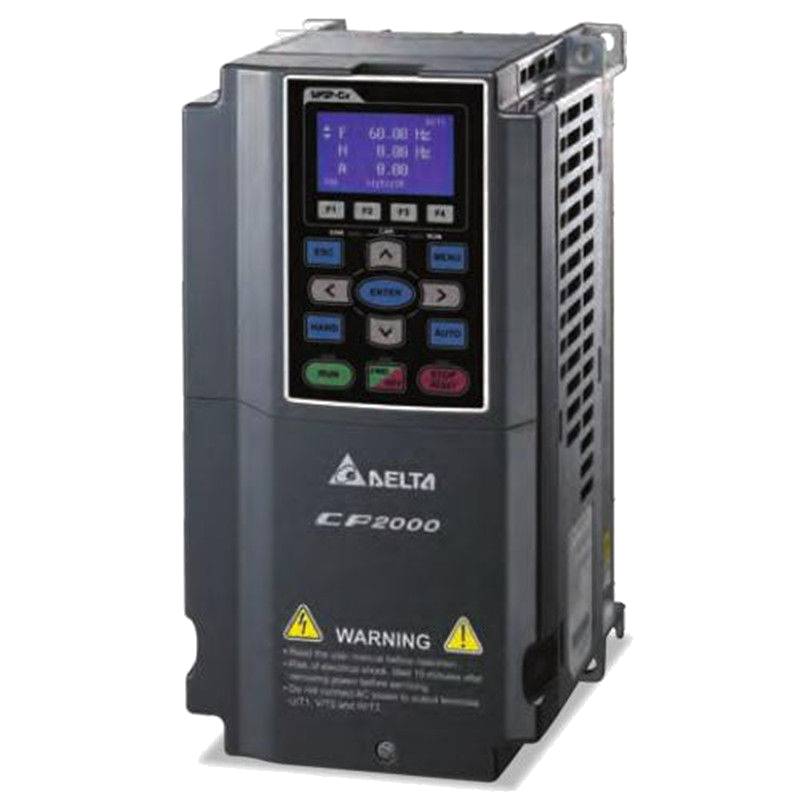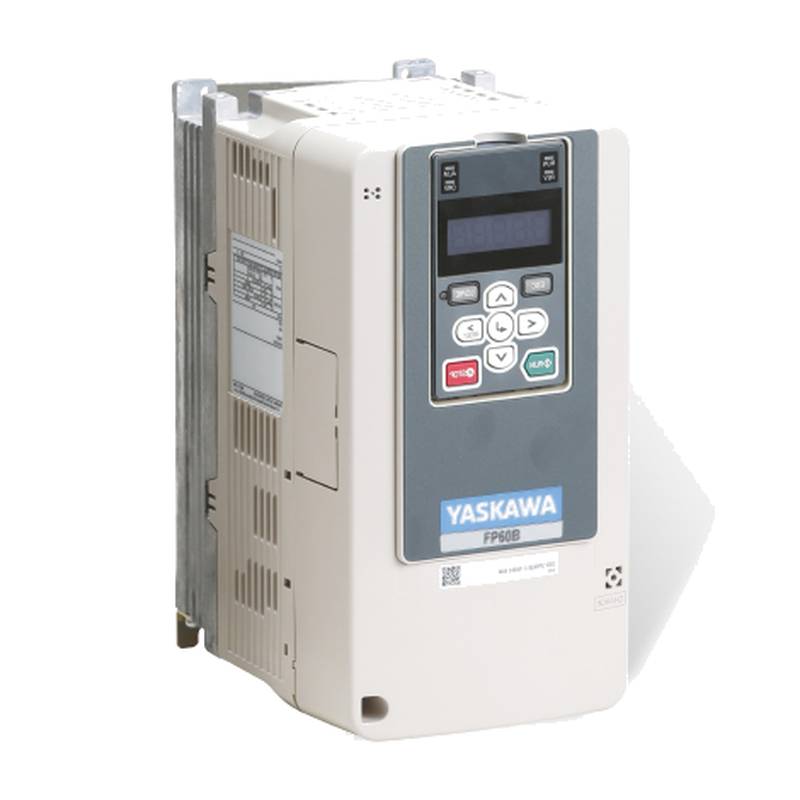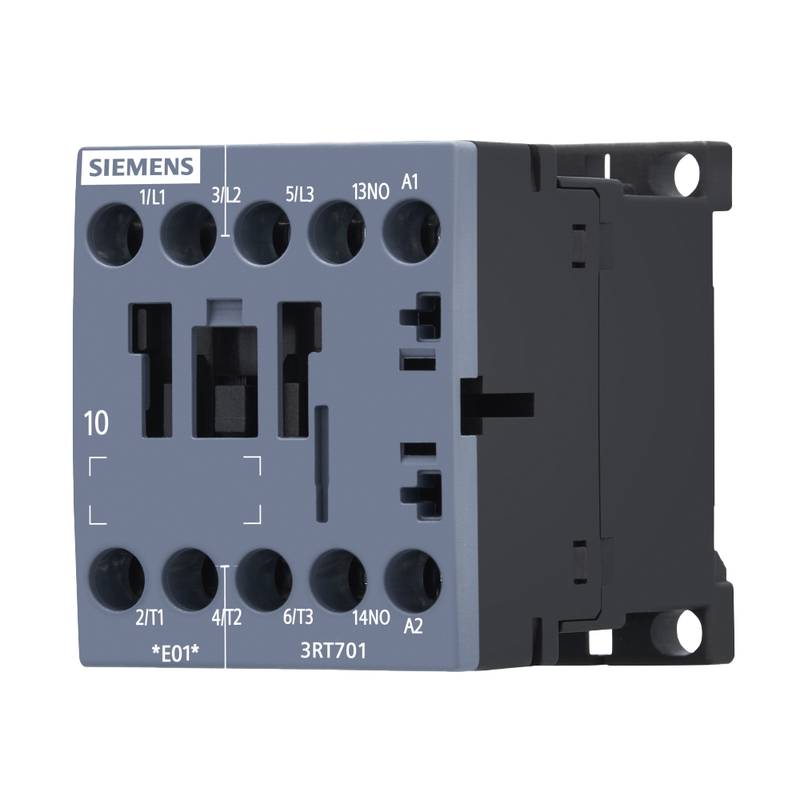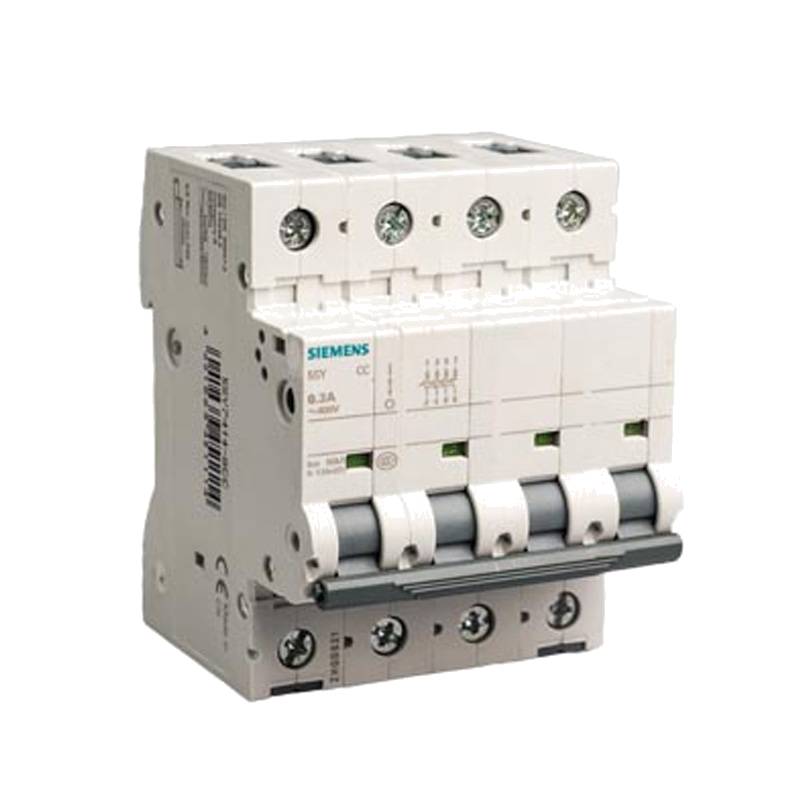
The AUBO-i12 Collaborative Robot, with its 1250mm reach and 12kg payload capacity, emerges as a robust solution for demanding industrial automation tasks. This advanced cobot offers a compelling blend of operational flexibility, safety, and efficiency, making it a prime choice for businesses seeking to enhance productivity and streamline workflows. Its key advantages lie in its impressive working envelope, substantial payload, and inherent safety features designed for seamless human-robot collaboration. Technical specifications highlight a repeatability of ±0.03mm, crucial for precision-intensive applications. The AUBO-i12 operates within a voltage range of AC 100-240V and boasts an IP54 protection rating, ensuring durability in various industrial environments. Its compact footprint and intuitive programming interface further contribute to its appeal as a versatile automation partner.
AUBO-i12 Collaborative Robot: Specifications at a Glance
| Parameter | Specification |
| :-------------------- | :-------------------------- |
| Model | AUBO-i12 |
| Payload Capacity | 12 kg |
| Reach | 1250 mm |
| Repeatability | ±0.03 mm |
| Degrees of Freedom | 6 |
| Power Consumption | 300-600 W |
| Voltage | AC 100-240 V |
| IP Rating | IP54 |
| Working Temperature | 5-45 °C |
| Weight | 45 kg |
Core Features and Market Positioning
The AUBO-i12 distinguishes itself in the collaborative robot market through its exceptional balance of reach and payload, enabling it to handle heavier components or operate over larger work areas than many competitors in its class. This makes it particularly adept for tasks such as material handling, machine tending, and complex assembly processes. Its advanced safety features, including inherent force limiting and collision detection, allow for safe operation alongside human workers without the need for extensive guarding, reducing deployment time and floor space. The cobot's robust construction and IP54 rating underscore its suitability for harsh industrial settings. AUBO Robotics' commitment to user-friendly programming further positions the i12 as an accessible yet powerful automation tool for both experienced integrators and newcomers to robotics.
Key Application Scenarios
The AUBO-i12's 12kg payload and 1250mm reach make it ideal for a wide array of industrial applications. In machine tending, it can reliably load and unload parts from CNC machines, presses, or injection molding equipment, significantly boosting throughput and operator safety. For assembly operations, its precision and flexibility allow for intricate tasks like component placement, screw driving, and quality inspection, even in complex product lines. Material handling benefits from the cobot's ability to transport goods between workstations, palletize, or de-palletize, freeing up human staff for more value-added activities. Furthermore, its collaborative nature is well-suited for logistics and warehousing, assisting with order picking and sorting processes.
Practical System Integration Guidance
Integrating the AUBO-i12 Collaborative Robot into existing production lines is designed for efficiency. The robot typically connects to its controller via a single, integrated cable, simplifying wiring and reducing potential points of failure. For programming, AUBO typically offers an intuitive graphical user interface, often accessible via a teach pendant or tablet, which allows for drag-and-drop functionality and logical sequence building, minimizing the need for extensive coding knowledge. When interfacing with external equipment such as grippers, sensors, or PLCs, standard I/O ports (digital and analog) are provided. Careful consideration should be given to the payload distribution and end-of-arm tooling (EOAT) weight to ensure the robot operates within its specified limits and maintains stability during motion.
Operation and Risk Mitigation
Safe operation of the AUBO-i12 Collaborative Robot is paramount and is facilitated by its inherent safety design and adherence to international standards like ISO 10218 and ISO/TS 15066. The cobot’s sensitive collision detection system will automatically halt or reverse motion upon encountering unexpected resistance, protecting both personnel and equipment. Key risk mitigation strategies include conducting thorough risk assessments for each application, defining safe operating zones, and ensuring operators are adequately trained on the cobot's functionality and safety protocols. Common troubleshooting often involves checking power supply, communication cables, and ensuring the end-effector is properly secured and functioning. While specific fault codes are detailed in the user manual, typical issues relate to axis over-limits or communication errors, usually resolvable by verifying connections and robot status.
Scalability and Long-Term Value
The AUBO-i12 Collaborative Robot is engineered for scalability and long-term value within an industrial automation strategy. Its modular design and open architecture facilitate integration with a wide range of third-party devices, including advanced vision systems, force sensors, and custom end-effectors, allowing systems to evolve with changing production needs. Furthermore, the AUBO platform is increasingly being adapted to support Industrial Internet of Things (IIoT) connectivity, enabling remote monitoring, predictive maintenance, and data analytics for optimized performance and uptime. This focus on interoperability and data integration ensures that the AUBO-i12 can become a cornerstone of a smart factory environment, providing a flexible and future-proof investment for manufacturers.
Frequently Asked Questions
Q: What is the maximum payload of the AUBO-i12 robot?
The AUBO-i12 collaborative robot is designed to handle a maximum payload of 12 kilograms. This capacity allows it to manage a variety of components and tools effectively. It's suitable for tasks like machine tending and assembly with heavier items.
This payload capability is a critical factor for many industrial applications requiring robust material handling. It ensures the robot can perform its duties without strain. Always verify the total weight, including the end-effector.
The 12kg limit is well-suited for medium-duty automation. It provides a balance between power and operational safety. This makes it a versatile choice for diverse manufacturing needs.
Q: What is the reach of the AUBO-i12 collaborative robot?
The AUBO-i12 boasts an impressive reach of 1250 millimeters. This extended working envelope allows it to cover a larger operational area. It can access machines or assembly points further away.
A longer reach is beneficial for tasks requiring greater horizontal or vertical movement. It enables robots to serve multiple machines or workstations efficiently. This reduces the need for extensive track systems.
This generous reach, combined with its payload, makes the AUBO-i12 highly adaptable. It can perform tasks that might otherwise require multiple robots or human intervention. This enhances overall automation efficiency.
Q: What are the safety features of the AUBO-i12?
The AUBO-i12 is equipped with advanced collaborative safety features. These include sensitive force and torque sensing. This allows the robot to detect collisions and stop or reverse motion.
It adheres to stringent international safety standards for human-robot collaboration. This ensures minimal risk during operation alongside human workers. Safety is integral to its design and functionality.
The robot's inherent safety mechanisms reduce the need for extensive physical guarding. This simplifies installation and saves valuable factory floor space. Risk assessments are still crucial for specific applications.
Q: How is the AUBO-i12 programmed?
Programming the AUBO-i12 is designed to be user-friendly. It typically utilizes an intuitive graphical user interface (GUI). This interface is accessible via a teach pendant or tablet.
Users can often employ drag-and-drop functionality and pre-defined motion commands. This minimizes the need for complex traditional coding. It speeds up deployment and allows for easy adjustments.
The programming interface facilitates the creation of logical task sequences. This makes it accessible for operators with varying levels of technical expertise. It supports rapid task development and modification.
Q: What kind of applications is the AUBO-i12 suitable for?
The AUBO-i12 is ideal for machine tending applications. It can load and unload parts from CNC machines, presses, and more. Its reach and payload are well-suited for this.
It is also highly effective in assembly tasks requiring precision and dexterity. This includes component placement, screwing, and automated inspection. Its collaborative nature is a key advantage here.
Material handling, palletizing, and de-palletizing are other strong use cases. Its 12kg capacity and 1250mm reach facilitate efficient movement of goods. This automates repetitive logistics tasks.
Q: What is the IP rating of the AUBO-i12?
The AUBO-i12 collaborative robot has an IP54 rating. This signifies protection against dust ingress and splashing water. It can operate reliably in many industrial environments.
This level of protection makes it suitable for applications where minor dust or moisture may be present. It is more robust than robots with lower IP ratings. However, it is not designed for submersion.
For applications with more extreme conditions, additional protective measures may be necessary. Always consult the product manual for detailed environmental operating limits. IP54 ensures a good baseline resilience.
Q: What is the repeatability of the AUBO-i12?
The AUBO-i12 collaborative robot offers a high repeatability of ±0.03 mm. This precision is crucial for tasks demanding exact positioning. It ensures consistent results across cycles.
High repeatability is essential for automated assembly and quality inspection processes. It guarantees that the robot can return to precise locations repeatedly. This minimizes errors in production.
This level of accuracy is a significant advantage for industries requiring meticulous work. It enables the robot to perform delicate operations with confidence. This contributes to product quality and efficiency.
Q: Can the AUBO-i12 be integrated with other systems?
Yes, the AUBO-i12 is designed for seamless integration with other industrial systems. It features standard I/O ports for connecting sensors, grippers, and PLCs. This allows for comprehensive automation setups.
The robot's open architecture supports integration with advanced technologies like machine vision. This enables more sophisticated inspection and guidance capabilities. It expands the robot's functional scope.
Furthermore, it is increasingly compatible with IIoT platforms for data exchange and remote management. This positions it for smart factory environments. Its adaptability ensures long-term relevance.
Q: What are common troubleshooting steps for the AUBO-i12?
A common first step is to check all power and communication cable connections. Ensure they are securely fastened and free from damage. Verify the robot's power supply is stable and within the specified voltage range.
Review the robot's status display or teach pendant for any error messages or fault codes. Consult the user manual to understand the meaning of any displayed codes. Often, issues relate to axis limits or communication interruptions.
Ensure the end-of-arm tooling is correctly mounted and functioning. Check that payload limits are not exceeded and that the robot's motion path does not present unexpected physical obstructions. Restarting the controller after verifying these points can resolve minor glitches.
Q: How does the AUBO-i12 contribute to long-term value for a business?
The AUBO-i12 provides long-term value through its scalability and adaptability. Its modular design allows for easy upgrades and integration with new technologies as business needs evolve. This future-proofs the automation investment.
Its collaborative nature enhances workforce flexibility. Workers can be redeployed to higher-value tasks while the robot handles repetitive or strenuous duties. This optimizes human capital utilization.
Moreover, its potential for IIoT integration enables data-driven optimization. This leads to improved efficiency, reduced downtime, and better overall operational performance over its lifespan. This drives continuous improvement.
















